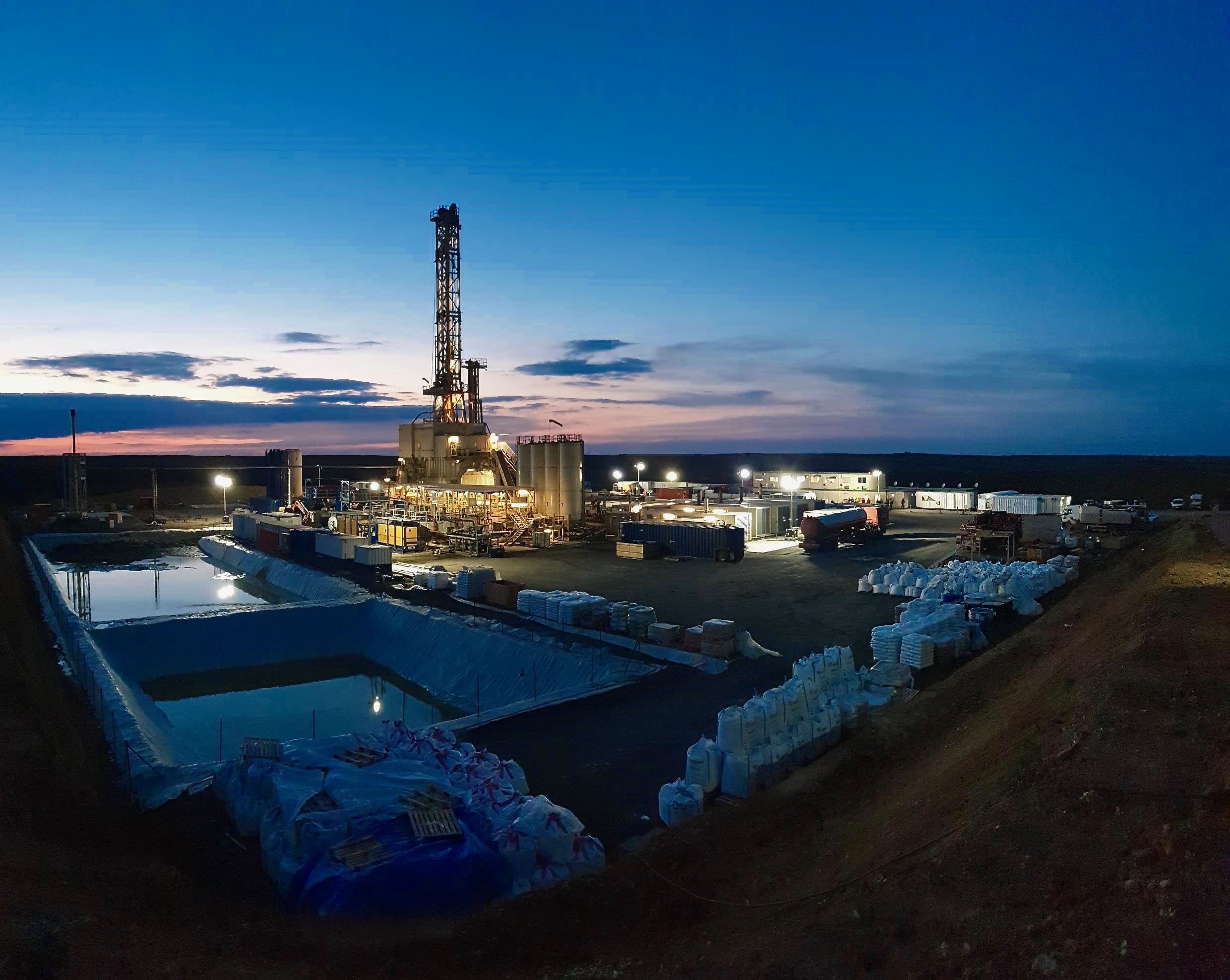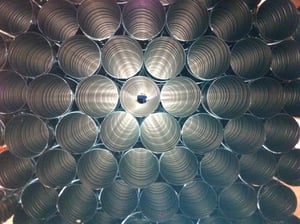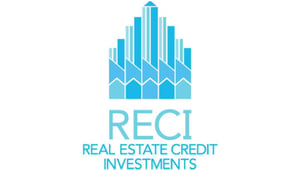Valeura Energy Inc. (TSX:VLE) Chief Executive Officer Sean Guest caught up with DirectorsTalk to discuss the acquisition of several assets in the Gulf of Thailand, how they are financing the deal, decommissioning obligations and growth opportunities in the portfolio.
Q1: Valeura Energy has announced an acquisition of several assets in the offshore Gulf of Thailand, and you’ve described the deal as “transformative.” What does that really mean for shareholders?
A1: Back at the beginning of last year, 2021, the business was a small gas producer in Turkey, we had just under 1,000 boe/d there and, importantly, when we looked at those assets, we really didn’t see the growth potential in them.
So, in 2021, we completed the sale of those assets and then we started to look for new assets. I’d worked a lot in South-East Asia and we came back here and in this year, 2022, we’ve actually announced two separate acquisitions in the Gulf of Thailand and this most recent one being very significant.
What it means is when we close this deal in Q1 next year, and restart one of the fields we acquired earlier this year, we should be producing about 25,000 barrels a day of oil and have about 30 million barrels of reserves. That should yield about $30 million in pre-tax cash flow a month so you can see a very significant change from where we were before and importantly, we’ve done this without the need for dilution to shareholders; we’ve been able to do it without issuing new shares.
So, it’s very exciting for our shareholders how we’ve moved from that small gas producer in Turkey to now being one of the most significant players in Thailand.
Q2: It certainly sounds significant. How do you intend to finance the deal?
A2: The upfront consideration is actually very modest, it’s just about $10 million, and then there are contingent payments of up to $50 million for upsides in oil price. So, with the low upfront payment and with our cash position at the end of last quarter, we can actually fund the actual acquisition price ourselves.
Now, we have established a partnership with Trafigura, they provided us with a facility to back us up so there could be up to $80 million we’ve been able to draw. Where we’re looking at with these assets right now is we don’t really see that there’ll be a requirement for long-term debt but it’s good to have it there and available, should we need it as we go forward to try and close the deal or some early working capital issues.
So, debt is really not a part of the deal either.
Q3: So, no dilution to shareholders, effectively no debt, and assets that cash flow $30 million per month. Is there a catch?
A3: That’s a question we’re getting a lotand as we’ve talked to shareholders since announcing the deal, it does come up as what are we missing but no, there really isn’t catch.
When we were looking at new opportunities a couple of years ago, what we really saw was a lot of the large international companies are under pressure to really transition their portfolio, and what it means is that globally, a lot of very significant assets are actually coming on to market, that the sellers are motivated to sell.
This is one of these cases where you had a seller who this portfolio is not fitting in with what they were looking to do going forward and in effect, it’s only 6% of their global production so for them it wasn’t a big issue but for us, this was just what we were looking for. A very significant asset, very high cash flow and a lot of growth potential, and to add on top of that, it actually came with a full working business team in Thailand that have been delivering extremely good results.
So, this is really what we were looking for was this type of opportunity.
Q4: What about decommissioning obligations, are you taking on any big liabilities with these assets?
A4: We do take on abandonment liabilities that come with three assets and that would be the same as acquiring assets all around the world, normally you are taking on those abandonment liabilities.
How we’re looking to manage those strategically is the first step is the Gulf of Thailand is a fantastic place for being able to add on to; add reserves and add production in fields. That’s what we see with the fields we’ve just acquired, every year they tend to produce about half of their prove in reserves and yet, every year at the end of the year, those reserves are about the same level.
What this means is each year, they’re able to find enough new oil, bring on enough new production, that you’re not seeing that decline in the reserves. It’s not magic, it’s not going to go on forever, there are future abandonment liabilities but we believe these assets are very well positioned to keep pushing those out into the future and then yield the extra cash that’s going to come from that interim period before that and that’s how we’re well set up.
Really, the second part of the strategy is the Gulf of Thailand, a lot fields are getting near the end of life, where you’ve got thousands of off-shore well and hundreds of platforms and you’re just seeing the commencement now of the abandonment of those. So, what you’re going to see if cost coming down as new contractors come into play and we’re seeing examples where one of the main producers off-shore Thailand where in 2021, they actually abandoned approximately 1500 off-shore wells. They were getting to the point where a single crew could abandon three wells in one day and that’s the types of ways you’re going to get efficiencies back in and drive the cost of abandonments down. Not doing it as a one-off but almost like a manufacturing process.
Q5: So is the plan for the assets then, to keep rates flat? Or are there now growth opportunities in the portfolio too?
A5: Keeping the production flat, for Valeura Energy, would still be an extremely good outcome but no, we do see in the portfolio that we have in Thailand now, there are actually organic growth opportunities. In the assets we’ve just acquired, there’s the Nong Yao field, where there’s a new field extension that’s planned to be developed in 2023 and that’ll take the production of that field up from about 8,100 barrels a day, net to us, to over 11,000 barrels a day, to us. So, that’s a good opportunity.
In the assets we acquired earlier this year, Rossukon field, we are looking to try and take a final investment decision on that in the coming month, to then look to have first oil in about Q4 of 2023 so another development there.
We’ve announced already that the Wassana field, we’ve got a rig coming in Q2 to do some further infill drilling so organically, there’s lots of potential still within these assets but given the cash flows coming, we may see also other growth opportunities we’ll be looking at.







































